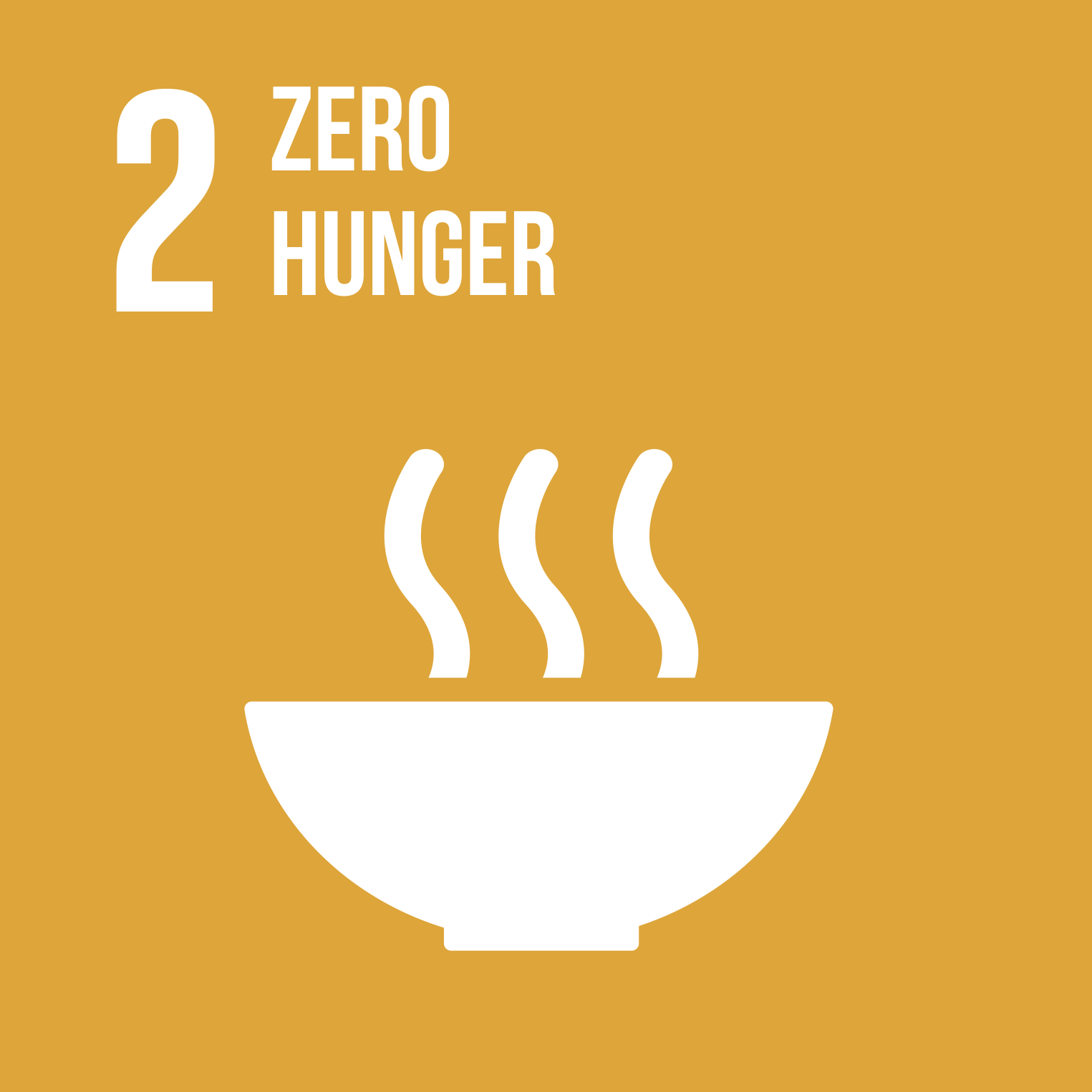4.1 Food Security definitions and concepts (State of the Art)
4.1.1 What does “Food Security” mean?
“Food security exists when all people, at all times, have physical and economic access to sufficient, safe and nutritious food that meets their dietary needs and food preferences for an active and healthy life” (FAO, 1996).
Initially, food security focused on food availability at the national and global levels (Coates, 2013). As a response to the global food crisis during the early 1970‘s, at the World Food Summit in 1974, „Food Security“ was defined as
“availability at all times of adequate world food supplies of basic food-stuffs to sustain a steady expansion of food consumption and to offset fluctuations in production and prices” (United Nations, 1975; FAO, 2003).
The focus of this definition was more on the supply side, where national food security was attributed to the self-sufficiency of nations—producing enough food domestically to feed the nation’s population (Pinstrup-Andersen, 2009).
After the Green Revolution in the late 1970’s, food security was redefined, assuming that food emergencies and famines were a result of the sharp declining the purchasing power of vulnerable groups, and not solely by shortfalls in food production (Klennert, 2009). The updated definition proposed in 1983 by FAO was
“ensuring that all people at all times have both physical and economic access to the basic food that they need” (FAO, 1983).
In 1986, the World Bank published a report (World Bank, 1986), differentiating the chronic (long-term) food insecurity—attributed to poverty—and transitory (temporary) food insecurity—associated to natural, economic, and conflict shocks (FAO, 2003, 2008). The Food Security definition was hence reformulated to be
“access of all people at all times to enough food for an active, healthy life” (World Bank, 1986).
The term “healthy life” was introduced to the definition in 1996, since enough calories do not necessarily guarantee a healthy and nutritional diet (Coates, 2013): “Food security, at the individual, household, national, regional and global levels [is achieved] when all people, at all times, have physical and economic access to sufficient, safe and nutritious food to meet their dietary needs and food preferences for an active and healthy life” (FAO, 1996).
Pinstrup-Andersen (2009) state that while the addition of “safe and nutritious” implies the combination of food safety and nutrition, the addition of “food preferences” alters the food security concept by enabling people to access their food preferred rather than only accessing to enough food. He further added that levels of food security could differ among people with equal access to food but different food preferences.
The most recent definition of food security was established in 2001, adding the social emphasis to the definition
“Food security is a situation that exists when all people, at all times, have physical, social and economic access to sufficient, safe and nutritious food that meets their dietary needs and food preferences for an active and healthy life” (FAO, 2001, Klennert, 2009).
In 2015, the concept of food security was strongly embedded in the Sustainable Development Goals (SDG), specifically the SDG 2 “End hunger, achieve food security and improved nutrition and promote sustainable agriculture“ (United Nations, 2015).
4.1.2 Common Terms related to Food Security
Food insecurity
A situation that exists when people lack secure access to sufficient amounts of safe and nutritious food for normal growth and development and an active and healthy life (FAO, 2001).
Hunger
Hunger is an uncomfortable or painful physical sensation caused by insufficient consumption of dietary energy. It becomes chronic when the person does not consume a sufficient amount of calories (dietary energy) on a regular basis to lead a normal, active and healthy life”.
Malnutrition
An abnormal physiological condition caused by deficiencies, excesses or imbalances in energy, protein and/or other nutrients.
Undernourishment
Food intake that is continuously insufficient to meet dietary energy requirements.
Undernutrition
The result of undernourishment, poor absorption and/or poor biological use of nutrients consumed.
Food Insecurity is a common term for food security that was used during the World Food Summit in 1996 and is continued to be seen as appropriate today. There are many causes of food insecurity. Low agricultural production is identified as one of these, as agricultural production is often prone to shocks such as those caused by natural hazards, in particular droughts. This is often combined with a low ability to buy food products on international markets and a high rate of post harvest losses due to insufficient logistics such as transport, storage and cooling.
4.1.3 Key messages of SDG 2 (abridged)
Goal 2: End hunger, achieve food security and improved nutrition and promote sustainable agriculture.

Target 2.1
“… end hunger …and ensure access by all people… to safe, nutritious and sufficient food…”
Target 2.2
“…end all forms of malnutrition…targets on stunting and wasting (children under 5) …girls, women, elders…“
Target 2.3
“… double the agricultural productivity and incomes of small-scale food producers…”
Target 2.4
“… ensure sustainable food production systems and implement resilient agricultural practices…”
Target 2.5
“… maintain the genetic diversity of seeds, cultivated plants and farmed and domesticated animals and their related wild species…”
Target 2.A
“Increase investment, including through enhanced international cooperation, in rural infrastructure, agricultural research and extension services, technology development…”
Target 2.B
“Correct and prevent trade restrictions and distortions…”
Target 2.C
“Adopt measures to ensure the proper functioning of food commodity markets and their derivatives and facilitate timely access to market information…”
Above you see a list with the key targets of SDG 2. SDG 2 puts food security as its centre and refers to ending hunger and malnutrition but also to increase productivity. Resilient agricultural practices refer to developing coping mechanisms to deal with shocks, which include water-related shocks such as drought, floods and storms.